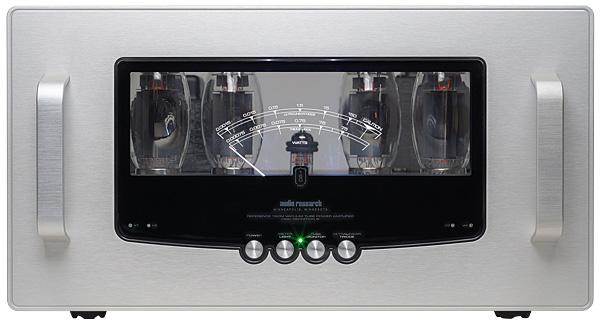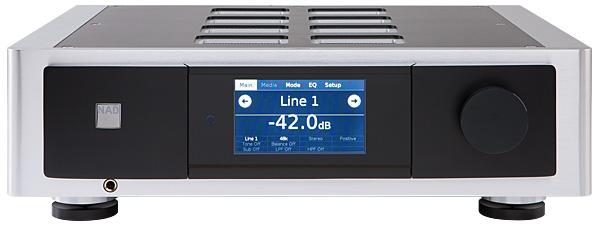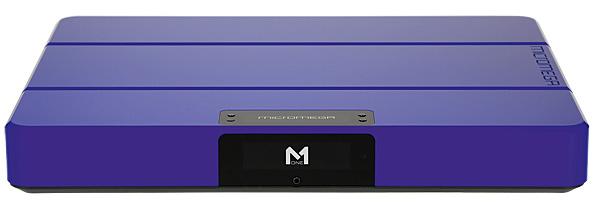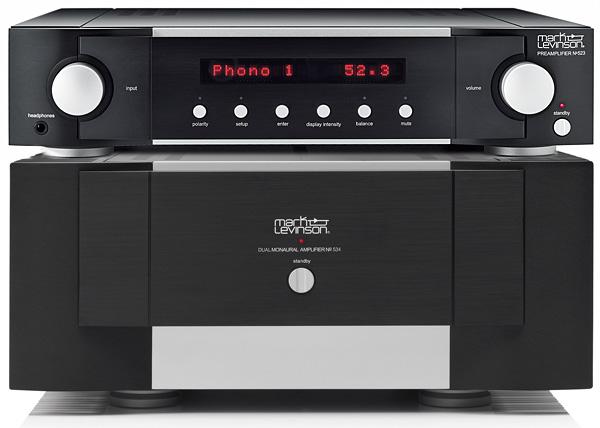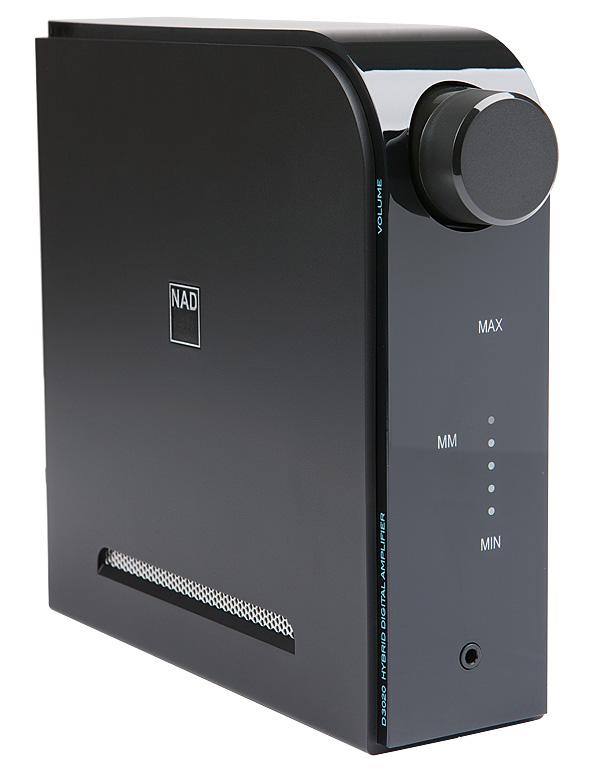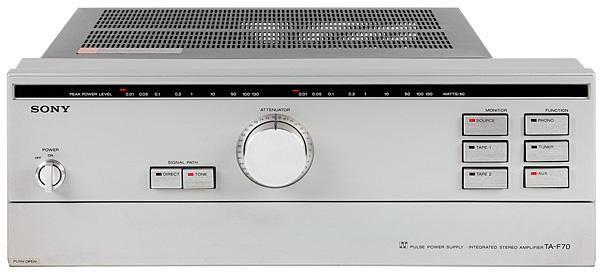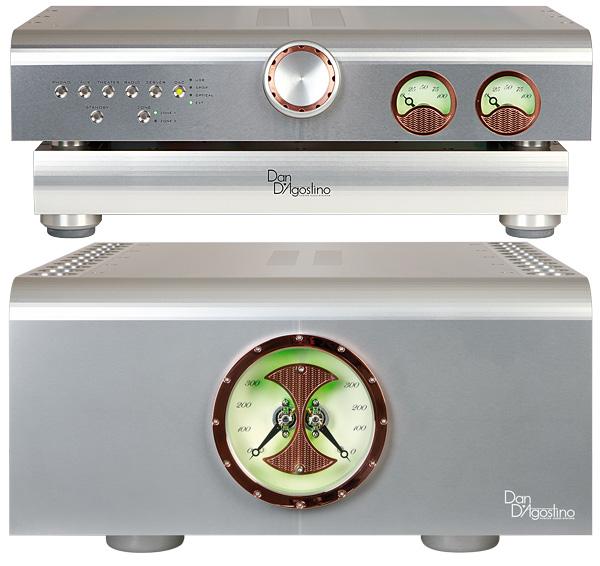Pre/Power Amplifiers
Sort By: Post Date TitlePublish Date
|
Oct 01, 2018
|
Aug 01, 2018
|
Jun 01, 2018
|
May 01, 2018
|
Apr 01, 2018

 This neatly packaged, sleekly-styled Scandinavian integrated offers DAC and streaming functionality, plus a very fine sound thanks to its proven Class D power amp modules
This neatly packaged, sleekly-styled Scandinavian integrated offers DAC and streaming functionality, plus a very fine sound thanks to its proven Class D power amp modules

 With a claimed 550W on tap, this US-made pre/power amplifier combo offers serious quantities of sound per pound. How does this muscle amp-on-a-budget perform?
With a claimed 550W on tap, this US-made pre/power amplifier combo offers serious quantities of sound per pound. How does this muscle amp-on-a-budget perform?

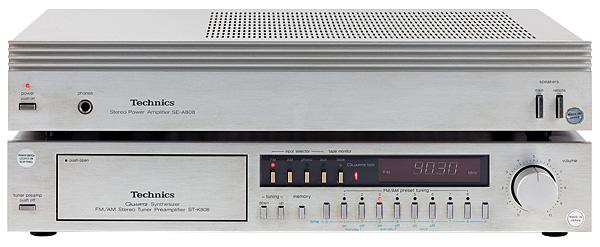
 Launched in 1980, these slimline separates proved just the tonic for those seeking sophisticated sonics wrapped in eye-catching casework. How do they sound today?
Launched in 1980, these slimline separates proved just the tonic for those seeking sophisticated sonics wrapped in eye-catching casework. How do they sound today?
